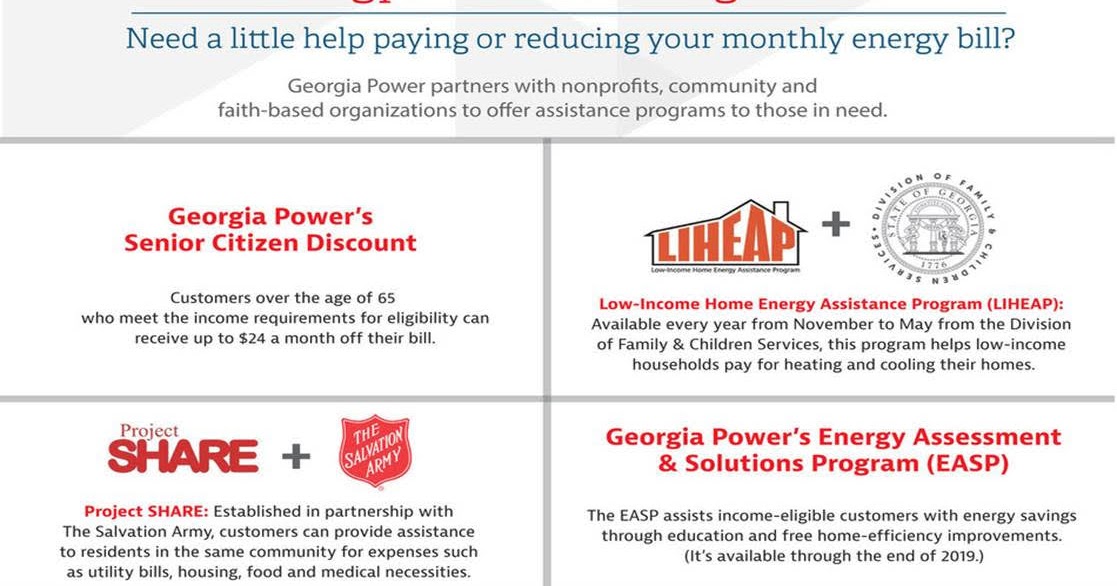

Seat location is the between groups factor.ĭetermine Effect Size -> Select Procedure -> Effect size from means. A class is divided into 3 sections: front seats, middle seats, and back seats. (Test whether there is a significant difference between levels of a between groups variable in a one-way ANOVA)Įxample: Suppose we want to see if seating location in a classroom affects math test scores. ANCOVA: Fixed effects, main effects, and interactionsģ4. ANOVA: Repeated measures, within-between variables interactionĬohen’s univariate effect size conventions for “f”ģ3. ANOVA: Repeated measures, within factorsģ8. ANOVA: Repeated measures, between factorsģ7. ANOVA: Fixed Effects, special main effects and interactions (2-way ANOVA)ģ6. ANOVA: Fixed Effects, omnibus, one-way (1-way ANOVA test of a between/fixed effects variable)ģ5.
Gpower program free#
GPower is the Queen of Free Power and Sample Size Softwareģ4. If you have any comments or suggestions on improving the guide, let me know. Users assume all risks associated with using the guide.
Gpower program update#
It is a work in progress and I will update it and add more analyses as time permits. Several of the G*Power examples on this page have been checked against power calculations in SPSS, NQuery, and PASS with good results.ĭisclaimer: I cannot guarantee the completeness and correctness of this material. I created an easy-to-follow guide for using GPower 3.x. The developers have a tutorial on using G*Power, but it is sparse in some places and may be difficult for some people to follow.
Gpower program zip file#
Terms of use and a downloadable zip file are available here.Īfter downloading the program you may ask yourself, how do I use it? There are limited resources. Best of all, it is free! The developers released version 3.1.9 in 2014. It offers a wide variety of calculations along with graphics and protocol statement outputs. G*Power was created by faculty at the Institute for Experimental Psychology in Dusseldorf, Germany. I have used several power and sample size programs. My favorite is G*Power. Unfortunately many free programs are limited in the number of available power calculations. There are also several freeware power and sample size calculators available online. These programs are very good and will cost you about $1000. There are a number of commercial power and sample size programs available. Nowadays many institutional review boards (IRBs) and granting agencies require power and sample size calculations.

Underpowered studies may have led investigators to incorrectly conclude that there were no effects from manipulations of their predictor/independent variables. Many had only a 20-30% chance of correctly rejecting the null hypotheses.

Research has shown that a few decades ago studies in the social and health sciences were underpowered. Low statistical power may lead one to conclude that there is no effect from a treatment when there is (called a Type II error), while an “overpowered” study may lead one to conclude that a significant effect has practical or clinical significance when it does not.Ĭoncern over statistical power is a relatively recent phenomenon. It is important to know statistical power before launching a research project. Statistical power refers to the probability of correctly rejecting the null hypothesis of no effect. It goes something like this: “Hey McFly! That research won’t work on wishful thinking, unless you’ve got statistical power!” Hey, McFly! Those boards don’t work on water! Unless you’ve got power! This statement by Griff's buddies on Back to the Future II is applicable to the research domain. I've added an introduction, a disclaimer, and instructional videos on using GPower.~ Soon people began locating and using the guide. Rather then create a new website, I put them on this my preexisting site.
Gpower program how to#
How to use GPowerWhy is this tutorial located at A few years ago I was looking for a place to store my instructions on G*Power so I could easily access them at work.


 0 kommentar(er)
0 kommentar(er)
